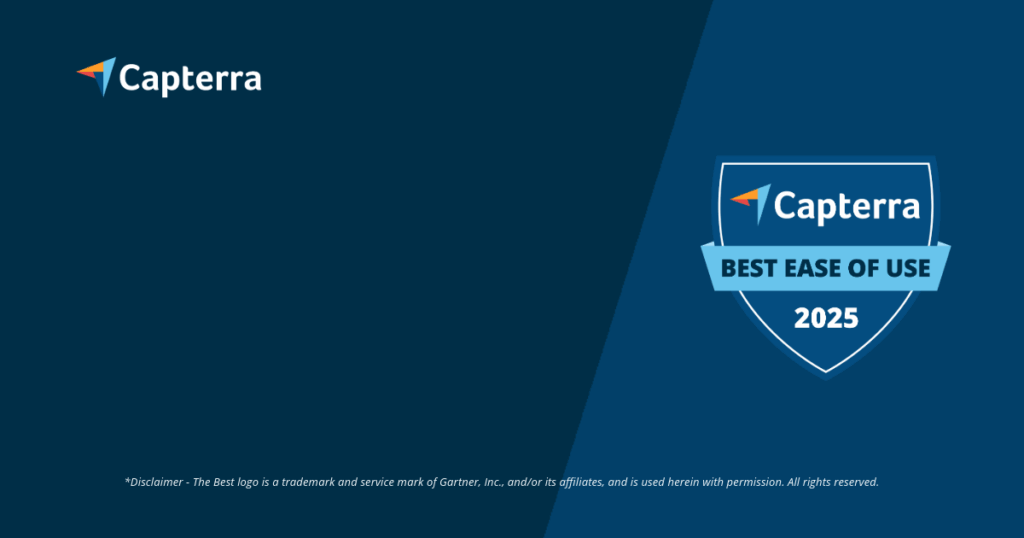Risikomanagement ist in der schnelllebigen Welt des Bauwesens unerlässlich, in der unvorhersehbare Herausforderungen jederzeit auftreten und Projektzeitpläne, Budgets und Gesamtergebnisse beeinflussen können. Die Realität ist, dass selbst die am besten geplanten Projekte durch unvorhergesehene Probleme wie Unterbrechungen der Lieferkette, Compliance-Verstöße oder plötzliche Änderungen der Baustellenbedingungen aus der Bahn geworfen werden können. Das Verstehen und Managen dieser Risiken, bevor sie eskalieren, ist für Branchenexperten, Projektmanager und Stakeholder entscheidend, um eine erfolgreiche Projektabwicklung zu gewährleisten. Dieser Artikel wird proaktive Risikomanagementstrategien untersuchen, die helfen können, solche unvorhergesehenen Probleme zu verhindern, und aufzeigen, wie ein solides Risikomanagement-Framework die Projektergebnisse verbessern kann.
Das Problem verstehen
Bauprojekte umfassen oft zahlreiche bewegliche Teile, von denen jedes einzigartige Risiken birgt. Von Anfang an müssen Fachleute erkennen, dass ein Mangel an Voraussicht zu erheblichen Rückschlägen führen kann. Laut Branchendaten können bei Organisationen mit schlechten Risikomanagementprozessen bis zu 70 % ihrer Projekte die Budget- oder Zeitvorgaben nicht einhalten.
Diese harte Realität unterstreicht die Bedeutung eines proaktiven Ansatzes im Risikomanagement.
Indem potenzielle Probleme effektiv vorweggenommen und Strategien zu ihrer Minderung entwickelt werden, können Stakeholder eine Kultur der Sicherheit und Compliance fördern, die alle Ebenen des Projekts durchdringt. Dies wiederum verbessert die Zusammenarbeit im Team und stellt sicher, dass alle auf ein gemeinsames Ziel ausgerichtet sind – Projekte pünktlich und im Rahmen des Budgets abzuschließen.
Praktische Lösungen oder Einblicke
Um Sie mit den notwendigen Werkzeugen für ein effektives Risikomanagement auszustatten, finden Sie hier umsetzbare Strategien, die Ihre Projektteams stärken können:
1. Führen Sie umfassende Risikobewertungen durch:
Beginnen Sie mit einer gründlichen Risikobewertung während der Projektplanungsphase. Identifizieren Sie potenzielle Risiken in allen Projektbereichen – finanziell, operativ, rechtlich und umweltbezogen. Nutzen Sie Werkzeuge wie die SWOT-Analyse, um Risiken und ihre potenziellen Auswirkungen systematisch zu bewerten. Überprüfen und aktualisieren Sie diese Bewertungen regelmäßig im Laufe des Projekts, um neuen Entwicklungen Rechnung zu tragen.
2. Implementieren Sie einen Risikomanagementplan:
Entwickeln Sie einen detaillierten Risikomanagementplan, der beschreibt, wie Ihr Team auf identifizierte Risiken reagieren wird. Dieser Plan sollte Rollen und Verantwortlichkeiten, Kommunikationskanäle und spezifische Minderungsstrategien für jedes Risiko klar definieren. Stellen Sie sicher, dass alle Teammitglieder darin geschult sind, Risiken zu erkennen und dem Plan zu folgen.
3. Fördern Sie eine offene Kommunikation:
Fördern Sie eine Kultur der Transparenz, in der sich Teammitglieder wohlfühlen, potenzielle Risiken zu diskutieren. Regelmäßig stattfindende Meetings können als Plattform dienen, auf der Teammitglieder Bedenken äußern oder auf neue Probleme hinweisen können, denen sie begegnet sind. Dieser proaktive Kommunikationskanal ermöglicht schnelle Reaktionen auf aufkommende Risiken, bevor sie eskalieren.
4. Investieren Sie in Technologielösungen:
Nutzen Sie Technologien, die Risikomanagementprozesse optimieren können. Werkzeuge wie Projektmanagement-Software können dabei helfen, eine umfassende Dokumentation zu führen, Projektänderungen zu verfolgen und effektiv mit allen Stakeholdern zu kommunizieren. Valoon bietet beispielsweise eine intuitiv gestaltete Lösung, die Kommunikation und Kontrolle verbessert und so zu besseren Ergebnissen im Risikomanagement beiträgt.
5. Überwachen und überprüfen Sie die Leistung:
Legen Sie wichtige Leistungsindikatoren fest, die helfen, die Wirksamkeit des Risikomanagements während des gesamten Projektlebenszyklus zu überwachen. Planen Sie regelmäßige Überprüfungen, um die Auswirkungen der Risikomanagementstrategien zu bewerten und bei Bedarf Anpassungen vorzunehmen. Dieser iterative Ansatz wird Ihre Prozesse verfeinern und letztendlich zu weniger unvorhergesehenen Problemen führen.
6. Binden Sie Stakeholder frühzeitig ein:
Binden Sie alle relevanten Stakeholder von Beginn des Projekts an ein. Das Sammeln von Erkenntnissen aus verschiedenen Perspektiven kann potenzielle Risiken aufzeigen, die nicht sofort ersichtlich sind. Zu den Stakeholdern können Kunden, Lieferanten, Aufsichtsbehörden und sogar Endnutzer gehören, um sicherzustellen, dass ein breiteres Verständnis potenzieller Risiken erreicht wird.
7. Schaffen Sie eine Lernumgebung:
Führen Sie nach Projektabschluss eine Post-Mortem-Analyse durch, um zu bewerten, was funktioniert hat und was nicht. Identifizieren Sie die gewonnenen Erkenntnisse bezüglich des Risikomanagements und halten Sie sie für zukünftige Referenzen fest. Dieser Ansatz verbessert nicht nur zukünftige Projekte, sondern fördert auch eine Kultur der kontinuierlichen Verbesserung in Ihrem Team.
Fazit oder Kernaussage
Zusammenfassend lässt sich sagen, dass proaktives Risikomanagement für jedes Bauprojekt, das unvorhergesehene Herausforderungen mindern und erfolgreiche Ergebnisse erzielen will, von entscheidender Bedeutung ist. Durch die Implementierung umfassender Risikobewertungen, die Förderung offener Kommunikation, den Einsatz von Technologie und die Einbindung von Stakeholdern können Projektmanager potenzielle Risiken erheblich minimieren. Dieser Ansatz steigert nicht nur die Projekteffizienz, sondern trägt auch zu einer sichereren Arbeitsumgebung bei.
Wenn Sie Ihre Projekte optimieren und die Effizienz des Risikomanagements verbessern möchten, überlegen Sie, wie die umfassenden Lösungen von Valoon Ihre Bemühungen unterstützen können.
Unsere Software ist darauf ausgelegt, eine nahtlose Projektkommunikation, -steuerung und -dokumentation zu ermöglichen und letztendlich die Effizienz der Prozesse sowohl auf der Baustelle als auch im Büro zu steigern.
Überlassen Sie Ihre Projektergebnisse nicht dem Zufall – stärken Sie Ihr Team mit proaktiven Risikomanagementstrategien und entdecken Sie, wie Valoon Ihnen helfen kann, Risiken effektiv zu managen. Software, die funktioniert!



